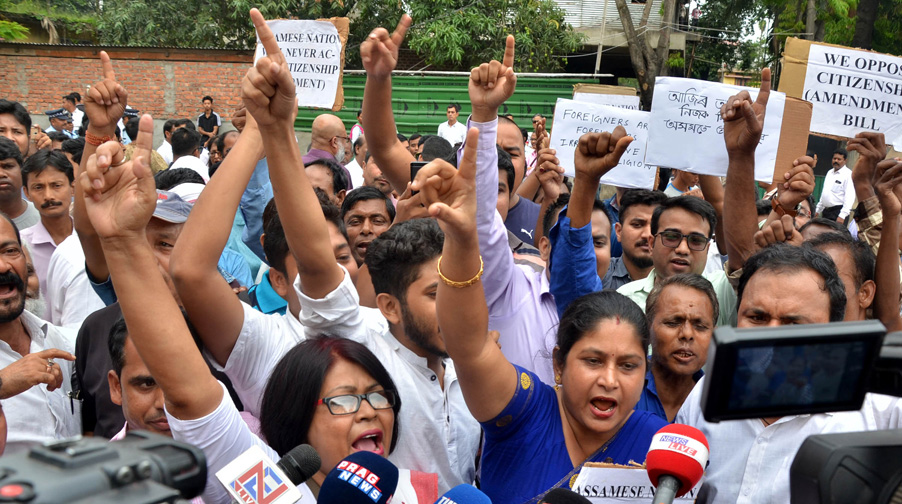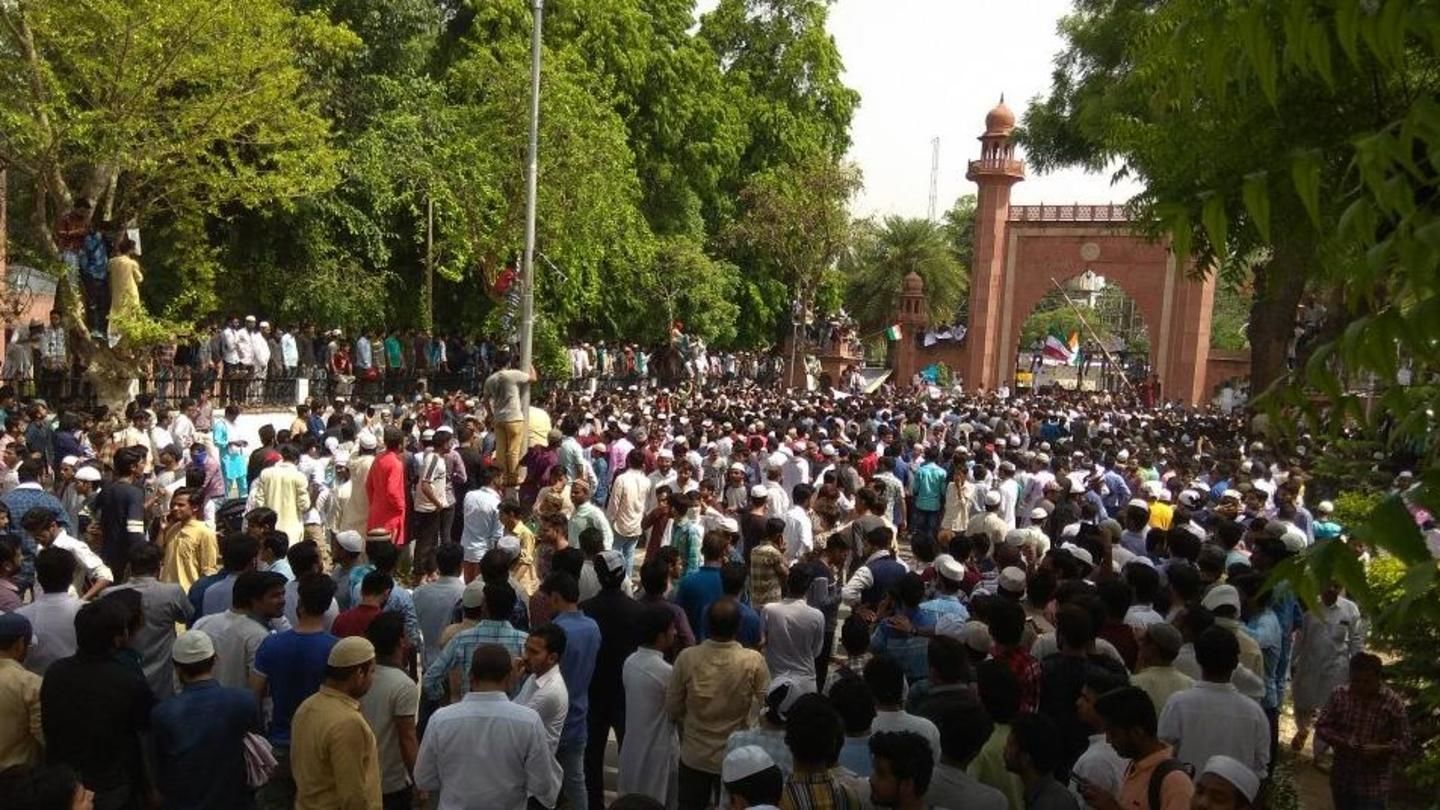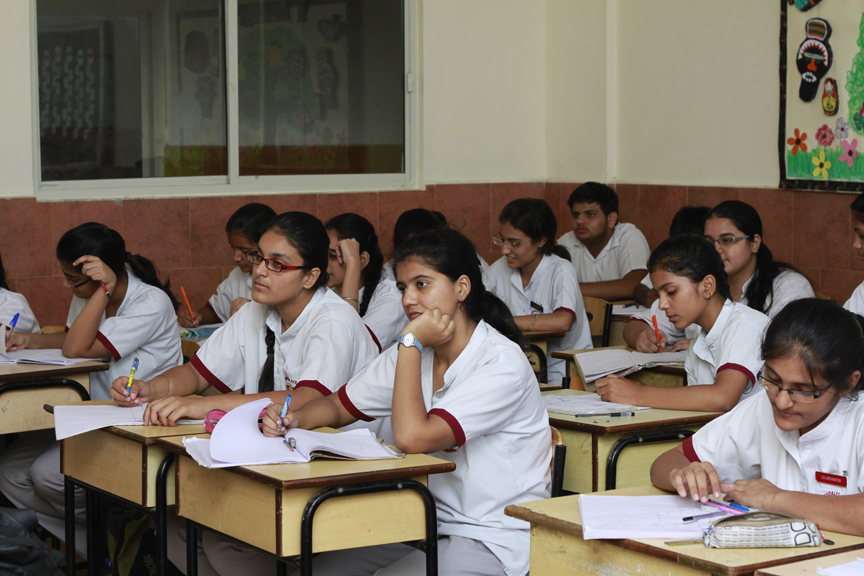
Pacts favourable to the US may be signed, posing a threat to Indian farmers
THE BUZZ has been growing about US President Barack Obama’s visit to India next month. And yet again before the visit, news is about the possible arms deal, joint military exercises, bilateral trade and investment, rather than what it would mean for India’s food and farming. When George Bush came calling, the nuclear deal hogged the limelight, and the agriculture-related aspects, which have consequences for something as basic as food, didn’t make the headlines.
This cycle of events sounds like a cruel joke. But the situation is far from funny when it comes to our agriculture. Several laws and policies related to seed, food and farming in India have in the past been made to either facilitate American entry in these sectors or forge so-called US-India ‘partnerships’ in agri R&D and trade. Control over these sectors in other countries has strategically been core to American foreign policies. Also, agri exports are a big part of Obama’s economic recovery plan. So, his visit will yet again be marked by decisions, which will have implications for Indian agriculture.

It is useful to recall history here. In 1960, it was by an Act of Parliament that India’s first agricultural university, Pantnagar University (now the Gobind Ballabh Pant University of Agriculture), was set up with US assistance. It is here that the so-called Green Revolution was started, the ill-effects of which are only being fully understood now. And ever since, right up to the introduction of American company Monsanto’s now infamous Bt brinjal, public sector agriculture research institutes are being used as base stations from which the American interests springboard into the Indian landscape. And in the process — from seed, to tractors, to processing, to retailing — American companies such as Cargill, Walmart and Monsanto have got more than a foothold in India.
India’s agriculture legislations are also beginning to mirror elements from the US. Some come in via the route of the US-led multilateral system, the World Trade Organisation (WTO). On Intellectual Property Rights (IPR), the US took India to the dispute settlement body of the WTO for non-compliance of IPR obligations. Yet, despite amendments to the Indian patent law, it is still not good enough for the US-India Business Council and American lifescience corporations. Bilateral trade relations also come with prescriptions for legal and policy changes. The legal makeover of India continues.
Another American clone under consideration is India’s version of the Bayh-Dole Act — the Protection and Utilisation of Public Funded Intellectual Property Bill, 2008. This advocates for IPR for agricultural scientists and research institutions. Meanwhile, the controversial Biotechnology Regulatory Authority of India Bill, 2010, is waiting to resurface in Parliament. This will easily facilitate the clearance of genetic engineering for application on our seed, feed, food and livestock. Through its South Asia Biosafety Programme, the USAID gives funds for biotechnology policy formulation for countries such as India and Bangladesh. The US is the birthplace of biotech giants and American agencies are scouting worldwide to create markets for their products.
So, a visit by an American bigwig almost always leaves Indian agriculture in trouble. It points to more changes before or after the trip. In 2005, before the Bush visit, a US-India Trade Policy Forum (TPF) was set up. One of its five sub-divisions is the Agricultural Trade Group whose key objectives include facilitating export of Indian mangoes to the US. Aren’t we better off eating them in Asia, thereby reducing food miles in an already climate- and energy-challenged planet? And what India gets in return, through another Non-Tariff Barriers group under the TPF, are more insecticides manufactured in the US. And, the Indian government agreeing to cut regulations on buying and selling of carbonated drinks, which mean colas. More poison for our land, water and health.
The US is the birthplace of biotech giants and American agencies are scouting worldwide to create markets for their products
During the Bush visit in 2006, India was signed up for a US-India Knowledge Initiative in agriculture education, teaching, research, service and commercial linkages. It is run by a board including American giants such as ADM, Monsanto and Walmart. In July 2009, Hillary Clinton visited the Indian Agricultural Research Institute at Pusa, where she unequivocally sounded her commitment to see through policy changes in our agriculture sector, which are favourable to American firms. At that time, the countries signed a bilateral pact on agriculture.
Philanthrocapitalist Bill Gates, who backs agricultural biotechnology, visited India recently and made headlines by ‘adopting’ a village in Bihar. Soon, there was a report that the Borlaug Institute for South Asia is being set up in Bihar to unleash a second Green Revolution in the region. Could there be any connections there? After all, the Bill and Melinda Gates Foundation funds two major global agriculture initiatives: the first is on rice research that pushes GM and hybrid varieties. Second, it has pumped dollars into the Alliance for the Green Revolution in Africa. This will create a market for US seeds, pesticides and proprietary technologies. It has already spent a lot for India’s ‘poor farmers’ to modernise farming methods and link them to the global market.
There is no shortage of foodgrain production. Therefore, there is no justification for new technologies to be brought in from the US
AS A run-up to the US-India Strategic Dialogue in June, top officials held a series of meetings, including one on agriculture. But India doesn’t need that level of interaction with the US. In agriculture, a diversity of local alternatives do exist. The current food crisis, despite the grains rotting in FCI godowns, amply shows there is no shortage of foodgrain production. Therefore, there is no justification for new proprietary agricultural technologies to be brought in from the US. The move away from traditional methods of farming to the industrial agriculture and modern food production that the US prescribes, in effect, hugely adds to the climate crisis and creates unequal wealth.
There are several local initiatives that point to the way forward. For instance, dryland millet-based mixed farming practices, livestock integrated farming, safeguarding uncultivated agro-biodiversity, non-pesticide management agriculture and the time-tested natural farming or ‘rishi kheti’. Indian farming has its own solutions. The obstacles are not technical but political.
India does not need its food menu to be written by the US. And irrespective of what Obama’s speechwriter pens down for his parliamentary address, any word on democracies will be meaningless if his visit leaves India as a less self-defining nation, which no longer chooses how and what it feeds its own. The link between arms and alms is not as distant as it may seem.
GRAIN is a non-profit that works to help small farmers
shalini@grain.org




